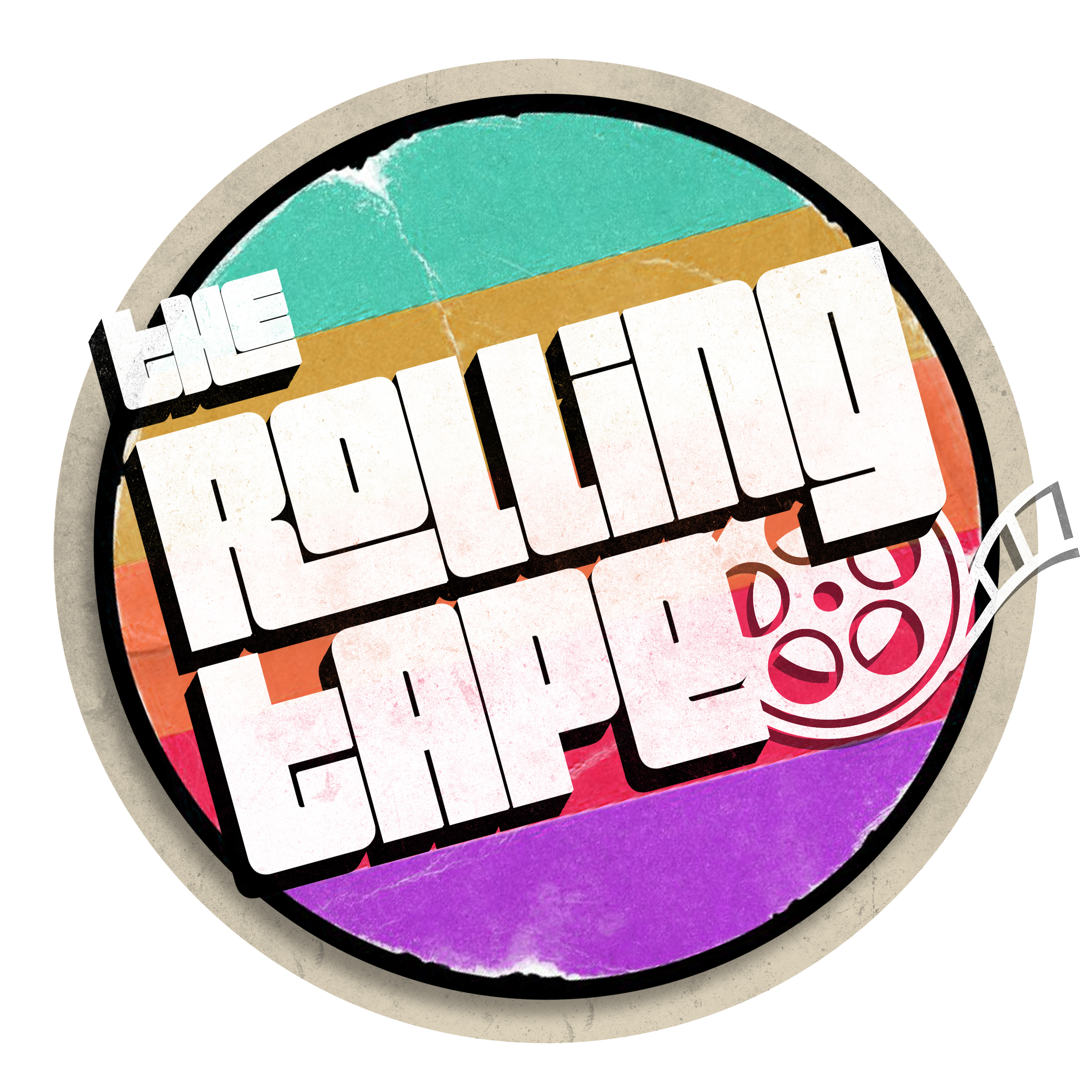A decaying orange wasteland strikes the opening of Dog of God (Dieva suns), directed by brothers Raitis and Lauris Abele. Two gleaming and chipped skulls face each other in the foreground, linked through the eye sockets by the curled skeleton of a snake. The ground is cracked, barren, and in the distance, an illusory figure lumbers on, chain clinking in his right hand.
While the film’s opening scene whirls with vibrant colors—a white-haired man parts a billowing blue sea, snarls like a wolf, and, quite literally, yanks the balls off a dangling crimson-red and howling Devil—the main environment of Dog of God is visually bleak. The film’s primary setting is a rained-out, seventeenth-century village of depravity and decay—where peasants warm their feel in piles of cow shit, where disease and death are beasts lurking around the corner, and where seemingly only two locations offer refuge from the muck: the tavern and the church.
In these contrasts and contradictions rest the attraction of Dog of God, a rotoscope-animated horror film that premiered at the Tribeca Film Festival on June 6: the mesmerizing and the grotesque, the bold and the subdued, the frenzied and the repressed.
In an interview with The Rolling Tape, the directors said that they wished to explore Baltic folklore traditions, spurred in part by their love for films from their childhood and growing up in the Soviet Union, which Latvia was part of until the 1990s. The film’s dialogue is in both Latvian and German and explores the myth of the werewolf in the Baltic region.
Dog of God—the brothers’ fourth collaboration as co-directors—is their first endeavor into animation, partly inspired by the 80s Heavy Metal animated films, they said in our discussion. Rotoscope animation requires live filming before post-production animation, so they shot on bluescreen first, a process which demanded highly choreographed and precise movements and blocking. Their creative library came in the post-shoot animation process, they said.
“We tried to re-create some of those Latvian, Estonian films from our childhood — not the way they were, but the way we remember them,” said Raitis Abele.
Lauris Abele added that international cinema’s presence in Latvia, such as kung-fu films, Quentin Tarantino movies, and erotic dramas, also inspired Dog of God.
“I’d spend all the money that my grandmother gave me as a gift to watch all the B-class Hong Kong movies, he said.”
Dog of God’s strength lies in how it inverts expected werewolf characterizations. (The film draws its title from the name for werewolves in Baltic folklore.) Rather than portray the werewolf as a transformative monster that threatens a community it visits, Dog of God offers an alternate representation of the werewolf as a symbolic of “a fading pagan and shamanistic worldview,” in which the werewolf “descended into Hell not to spread terror, but to fight witches and demons, protect crops, and secure the wellbeing of peasants,” according to press notes on the director’s film vision.
Indeed, the arrival of our Dog of God, Thiess (Einars Repse), might appear to initiate the chaos that wracks the Livonian village where the film takes place. But in fact Thiess adopts a passive role in the chaos that ensues, while in other cases, he offers characters relative freedom from their despondent circumstances. The effect unnerves and electrifies—and it becomes a supernatural story whose villain isn’t the creature that enters the community but rather the characters who call him an outsider.
Still, Thiess maintains a necessarily imposing presence. One of the film’s most riveting images is that of Thiess perched on a tree’s branches, tranquil as a sparrow, watching the church congregation flail madly out of the holy building. They’ve accidentally drunk the aphrodisiac liquid that excretes from the Devil’s Balls, Thiess’s gift to the village and his prized catch in the film’s prologue. Yet his offering only reveals the foundational rot and repression that drives each character—and, some might argue, enlightens them from that cyclical existence.
Meanwhile, the film’s setting imbues a faithless sentiment to the plot. Perhaps expectedly, neither the tavern nor the church acts as the haven they’re meant to be. Ever populated by nasty drunks, the bar sees alchemist Neze (Agate Krista) at its helm. At the church, Priest Buckholz (Regnars Vaivars) orders around his son and servant Klibis (Jurgis Spulenieks), a mutually abusive and agonizing relationship. When the Priest accuses Neze of witchcraft after she supposedly steals a holy relic, the story relies gratefully on its excellent interdependent characters and crescendoes in a freakish and satisfying way. This overlapping attention to character and imagery meets the pounding, electronic score and disturbing sound effects—all of which curate an intoxicating venue for the directors to examine recurring truths about human nature.
“We’re humans, we don’t learn from history, and we still … have those human flaws, like greed, abuse of power, [a] witch hunt,” Lauris said in our interview. “All the characters are symbolic, and we can draw certain parallels to our existence today.”
And perhaps Dog of God is the exact kind of unruly examination of human nature we should seek right now—one based in the high artistry and physical action of human beings, with the sheen of provocative animation to make it feel otherworldly.
Review Courtesy of Arleigh Rodgers
Feature Image Courtesy of Media Move

Recent Comments